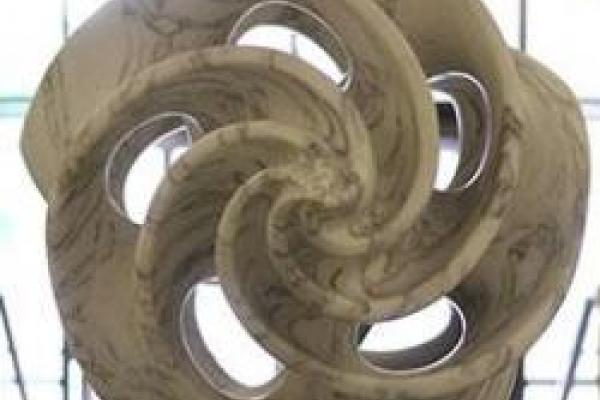
Title: On the Krull-Schmidt-Azumaya Theorem for Integral Group Rings
Speaker: Lee Klingler (Florida Atlantic University, Boca Raton)
Abstract: If $G$ is a finite group, a lattice over the integral group ring $\mathbb{Z}G$ is a left $\mathbb{Z}G$-module which is finitely generated and torsion free as an additive group. We say that the torsion free Krull-Schmidt-Azumaya Theorem (TFKSA) holds for $\mathbb{Z}G$-lattices if each lattice can be decomposed uniquely into a direct sum of indecomposable lattices (up to order and isomorphism class of the indecomposable summands). Using results of Endo and Hironaka, one can show that, if TFKSA holds for $\mathbb{Z}G$, then $G$ must be an abelian $p$-group or a binary dihedral group. Swan and R. Wiegand showed that, for odd primes $p$, TFKSA holds for $p$-group $G$ if and only if $G$ is cyclic of order $p$ and the $p$-th cyclotomic field has class number one, or $G$ is cyclic of order 9. They also showed that TFKSA holds for cyclic groups of order 2, 4, and 8, for the noncyclic group of order 4, and for the dihedral group of order 8, and that it fails for dihedral groups of order 128 and larger. In joint work with Hindman and Odenthal, we showed that TFKSA fails for dihedral groups of order 32 and larger, leaving open only the case of the dihedral group $D_{16}$ of order 16. I shall describe the structure of the integral group ring $\mathbb{Z}D_{16}$ and how one can construct examples of $\mathbb{Z}D_{16}$-lattices, in an attempt to show that TFKSA fails for $D_{16}$.
Full abstract can be downloaded here: ![]() Ring Theory Seminar-Klingler-Sept 25-15_abstract [pdf]
Ring Theory Seminar-Klingler-Sept 25-15_abstract [pdf]
